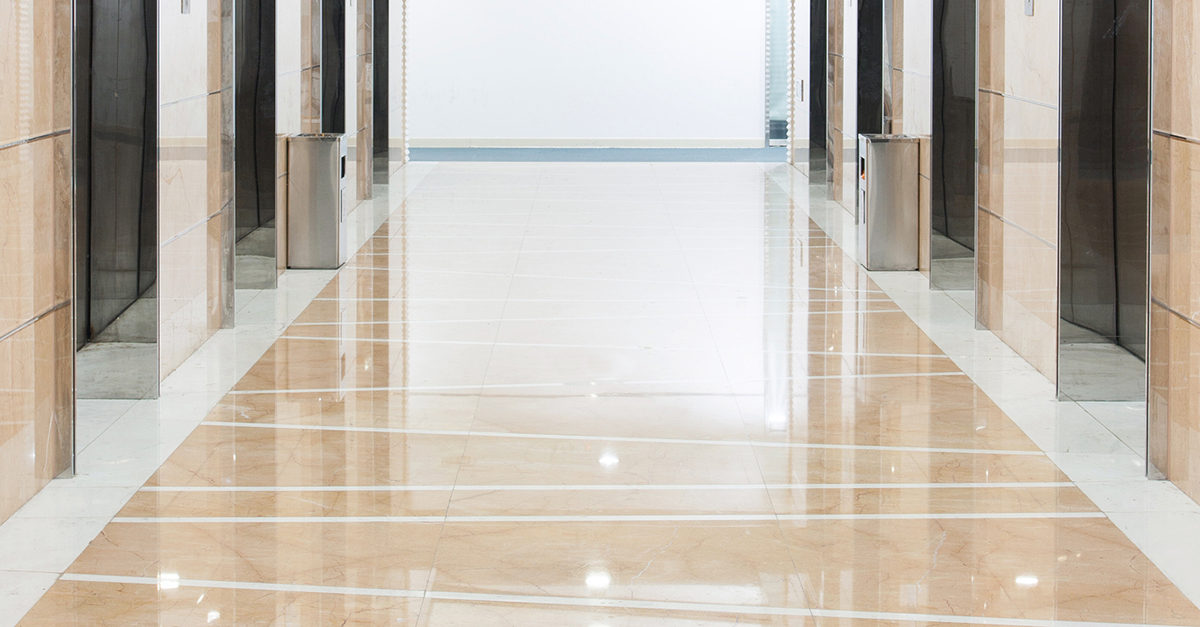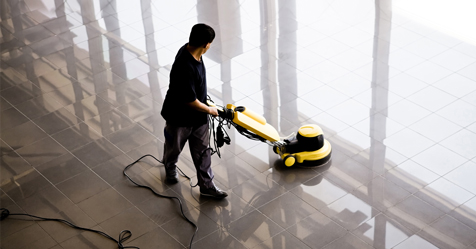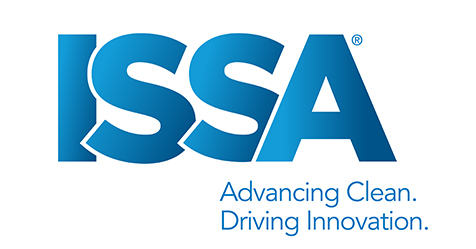Situations can turn out in mysterious ways, and often for the better. And for those of us who are strong advocates of greener and more sustainable cleaning strategies, this appears to be happening today when it comes to floor care.
One of the key reasons is because luxury vinyl tiles (LVT) have mysteriously become much more popular than ever expected.
Introducing Luxury Vinyl
LVT floors were introduced about 15 years ago for the residential market. The term “luxury” is a bit of a misnomer, because this is not a luxury floor in the traditional sense. LVT floors are vinyl floors designed using computers to look like luxury floors.
LVT floors can now be found in many commercial facilities. According to recent data, LVT now accounts for nearly 40 percent of the resilient floor industry installations. In 2015, Floor Focus magazine’s “Resilient Flooring Market Update” reported while vinyl composite tile (VCT) still holds the top spot, LVT sales have been increasing at about 11 percent per year. VCT sales are increasing at only about 2.6 percent per year.
Here is where the green and sustainable factors come in. VCT floors, as most cleaning professionals know, traditionally require finishing, scrubbing, stripping, and then refinishing, once again. In fact, this is the recommended ongoing floor care program for VCT floors.
Stripping and refinishing is not necessary with most LVT floors. In most cases, an LVT floor already has a shine and only requires cleaning and damp mopping. Scrubbing or interim cleaning may occasionally be necessary, but these floors do not need restorative care. This means no finish is required, breaking the refinishing cycle.
Avoiding Chemicals
Before going further, we should praise the many jansan chemical manufacturers that have made great strides in making environmentally preferable floor care products and finishes.
However, traditional floor care chemicals, such as strippers, often contain ingredients known to be harmful to the environment. Some floor finishes contain metals, such as zinc, which improve their durability but can have a negative impact on the environment. Even buffing these floors can be harmful if the floor machine does not vacuum up dust and impurities as it operates.
We should also note that high-alkaline chemicals, such as sodium hydroxide, are typically required to strip old finish from a floor. If these chemicals come in contact with the eyes, they can cause permanent damage and burn skin upon contact. Plus the solvents (ethylene glycol monobutyl ether), if absorbed through the skin, can act as a reproductive toxin.
Tips for Improvement
In addition to these issues, the floor finishing process is usually expensive, time consuming, disruptive, and often dangerous. So what can facility managers do if they have a traditional VCT or similar floor that requires finishing?
- Use only highly durable floor finishes and floor care chemicals, preferably those that are green-certified.
- Install a high-quality floor mat system that is made with recycled materials and is heavy enough to remain flat and in place during foot traffic. The floor mat system should be at least 15 feet in length to help keep as much as 70 percent of outside soil from tracking into the facility.
- Spot mop as soon as spots or spills occur using a green-certified cleaner with a neutral pH, or consider one of the new engineered-water devices that produce an effective cleaning solution upon demand.
- Increase daily mopping frequencies; this helps keep grit and soil buildup to a minimum. Soil buildup eventually can mar a floor’s shine and damage the floor.
- Machine scrub the floor on an as-needed basis using the least aggressive pads and scrubbing procedures possible; aggressive floor scrubbing can remove floor finish.
These steps save money, reduce operating costs, promote safety, and protect the environment—all things building managers should now place at the top of their list when it comes to floor care.




